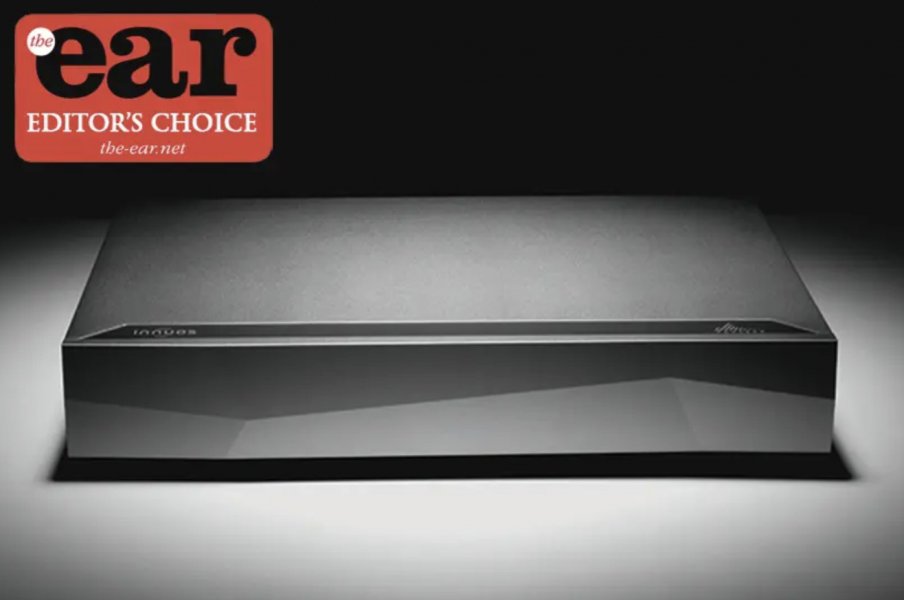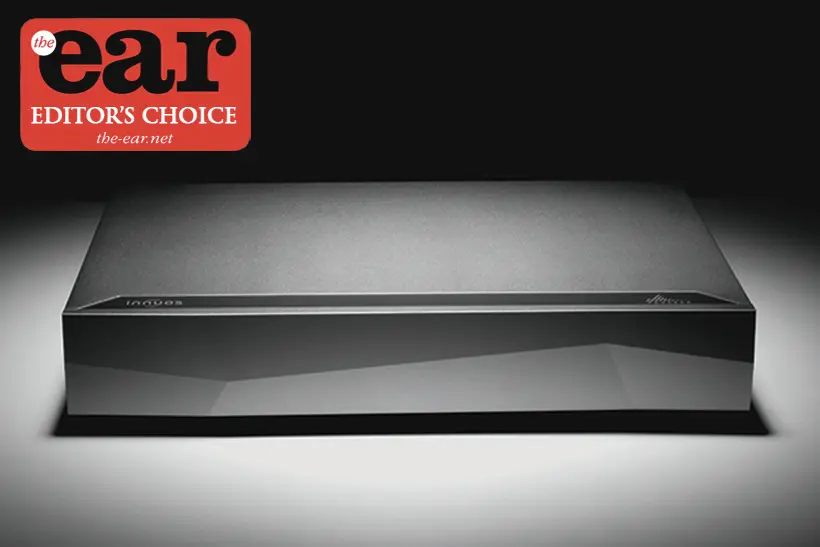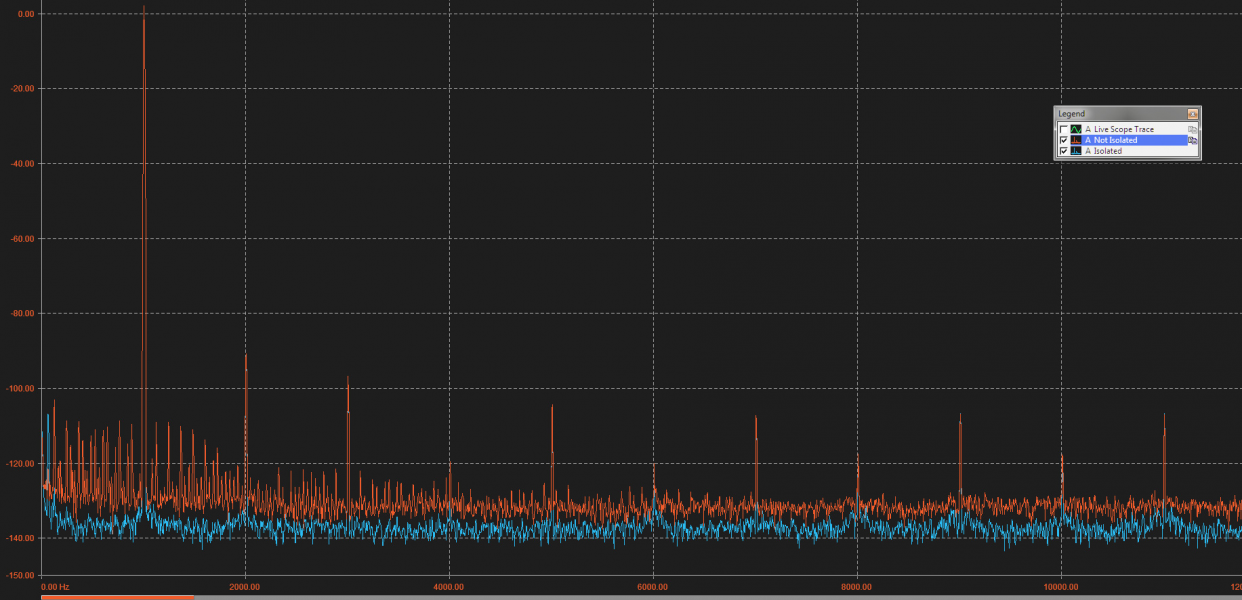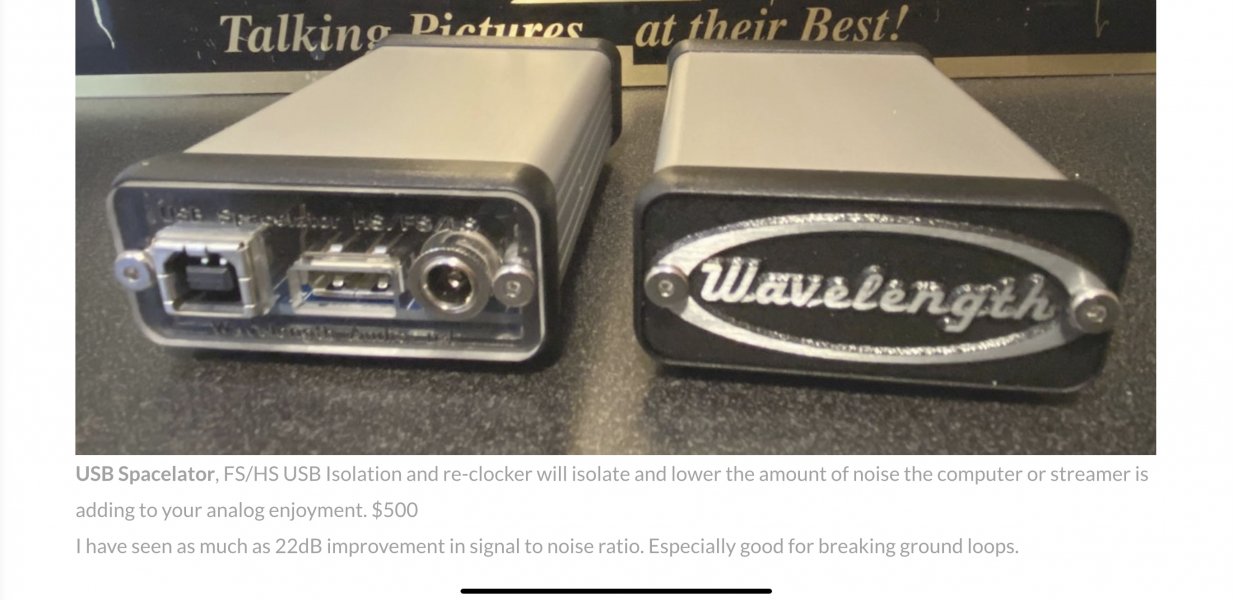Not sure about that. Users do not necessarily want extra boxes even if (for now?) it allows for extra isolation and other benefits. It seems to me with this years Pulsar launch and what currently some other brands are doing eventually all elements could be integrated in one single box. If Antipodes can do that with the Oladra or a K50, Innuos should be able to do that with a ''Pulsar-ARC6-Phoenix-Net-USB'' for the same price but likely much less and a distinctly new level SQ.Yes, and the Phoenices will get ARC6 modules to have a straight upgrade path, both are quite old now, considering that Ideon Audio launched a new reclocker for 6k.
Matt
Last edited:














